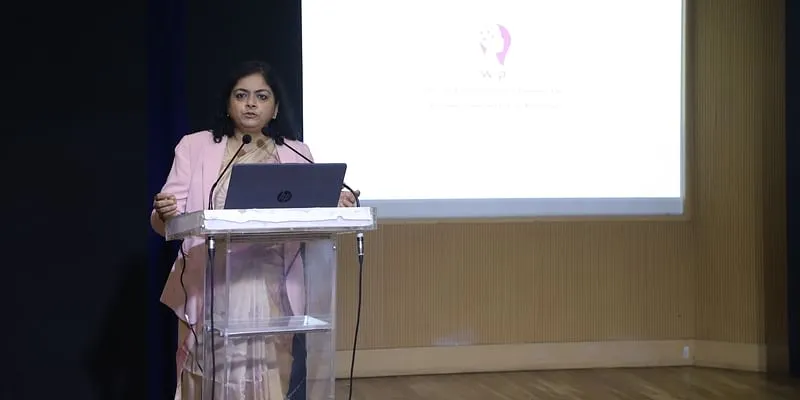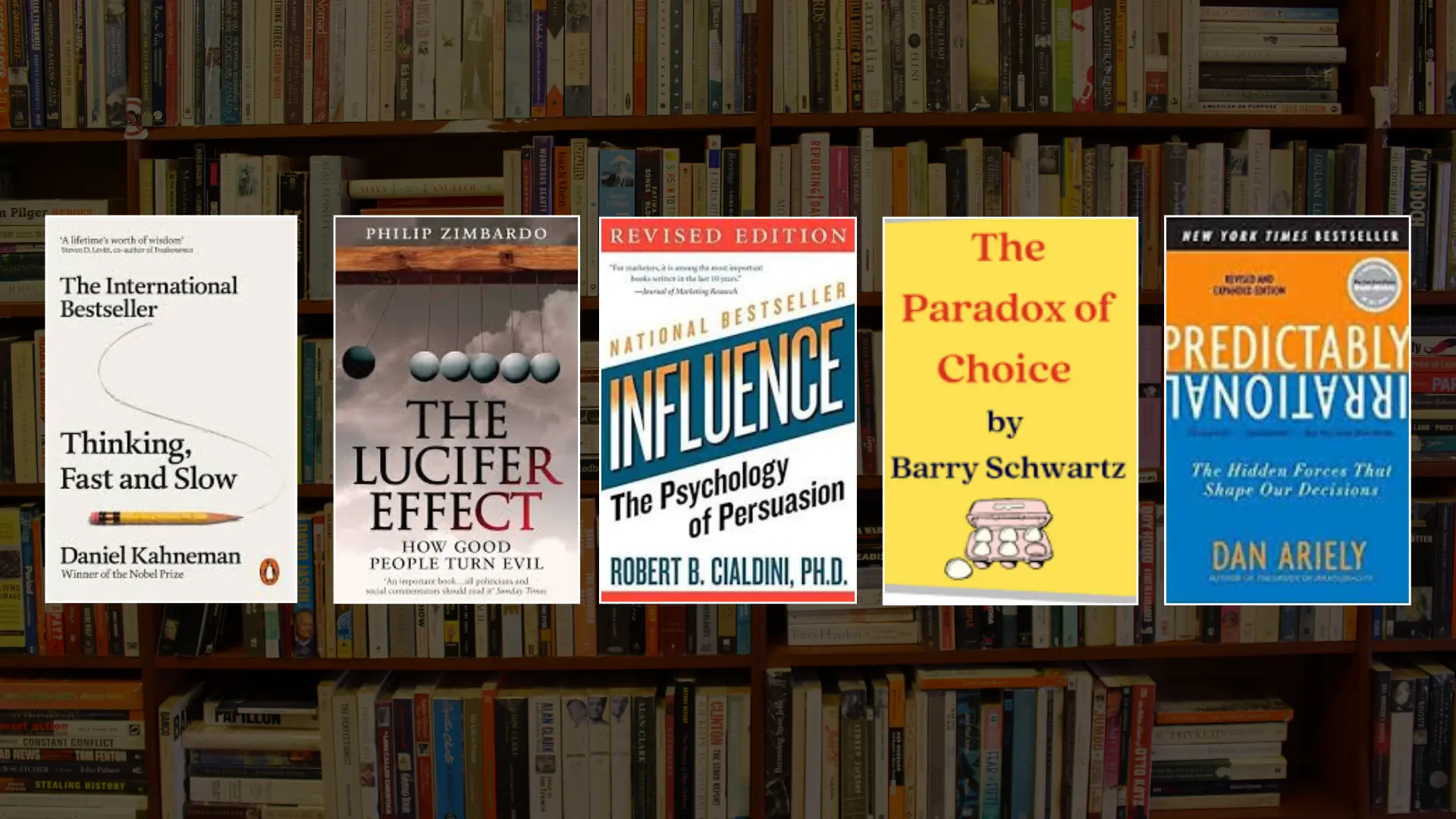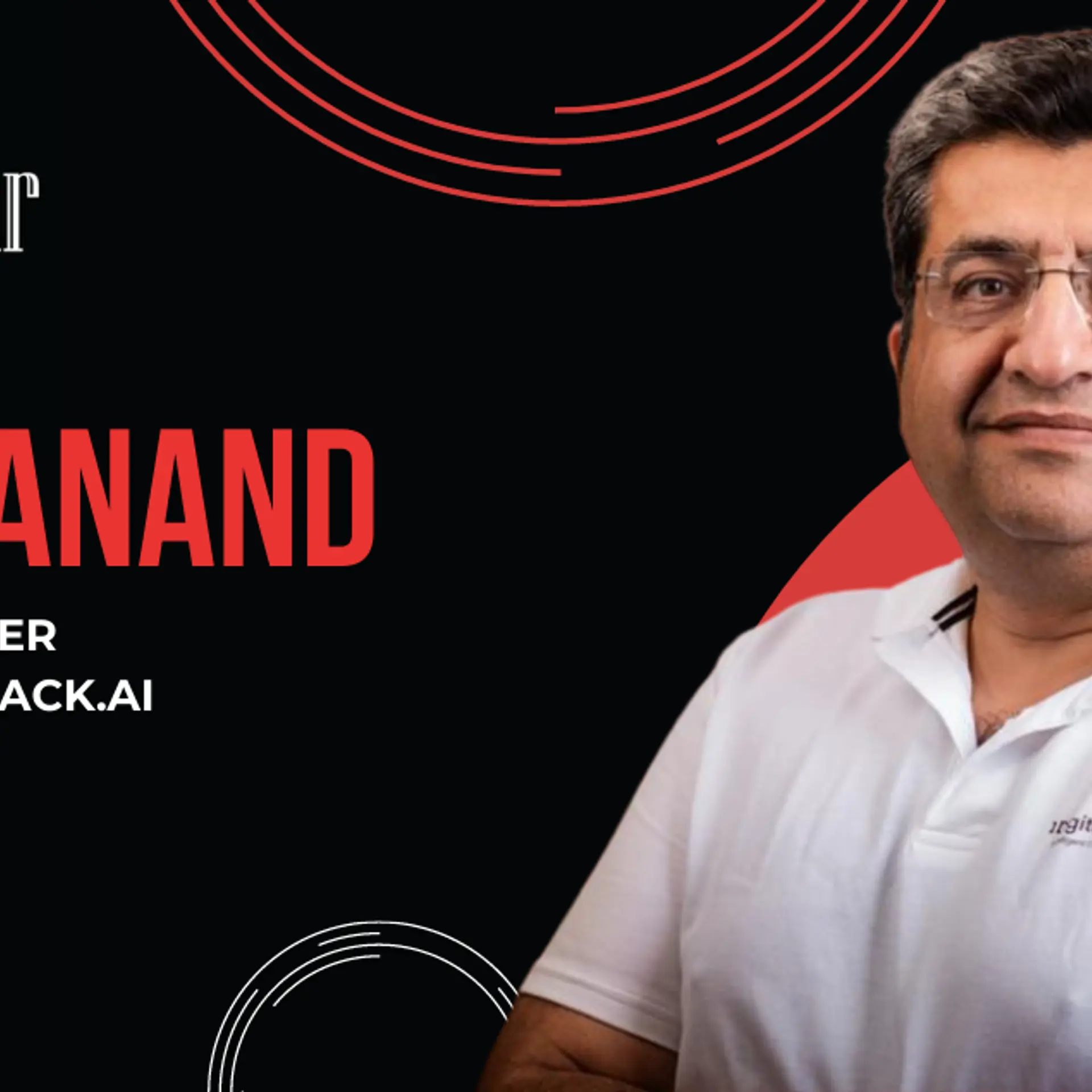How NITI Aayog’s WEP is enabling women entrepreneurs to scale with right content, information
Anna Roy, Senior Advisor, NITI Aayog and Mission Director of Women Entrepreneurship Programme (WEP) speaks about the goals of the programme and how women entrepreneurs need much more than funding.
In 2018, NITI Aayog launched the Women Entrepreneurship Platform (WEP), a unified access portal to bring together women from different parts of India and create an ecosystem to nurture their entrepreneurial aspirations.
As an aggregator platform, WEP forges key partnerships to bring content, workshops, campaigns, and avenues of learning and growth to its users.

Anna Roy
In 2021, NITI Aayog, in partnership with CISCO, launched the next phase of the Women Entrepreneurship Platform (WEP) titled "WEP Nxt".
One year later, NITI Aayog once again upgraded the platform to WEP 3.0, designed to cater to the unmet needs of women taking their first step towards entrepreneurship and those at an inflection point in their entrepreneurial journey, thinking about growth and scale.
WEP 3.0 uses state-of-the-art technology and provides Smart Matchmaking with a pan-India outreach. Several partner entities are collaborating with WEP, including the United Nations, Bill and Melinda Gates foundation, Human X, Mastercard, SIDBI, Square Panda, Tech Mahindra, CISCO, Atal Innovation Mission, Flipkart, Microsave Consulting. The WEP 3.0 Platform is managed by the Global Alliance for Mass Entrepreneurship (GAME).
In a conversation with HerStory, Anna Roy, Senior Advisor, Niti Aayog and Mission Director of WEP outlines the vision of the programme and touches upon the role of technology as a key enabler.
Edited excerpts from the interview:
HerStory (HS): Can you tell us briefly about WEP 3.0 and its aims?
Anna Roy (AR): We call it version 3.0 because of the technology upgradation and the newer content. The vision and mission of the Women’s Entrepreneurship Programme (WEP) remains the same as it was launched in 2018.
Our partners are Human X and Square Founder who are developing it with Microsave, the content creation partner and others. With these partners, we have a new platform with richer content and new features.
The vision and mission remain essentially to be an aggregator platform to overcome information asymmetry, provide information seamlessly to the targeted beneficiary at the right time and in a manner that it is easily consumable, and enables easy discovery of this information and reach the last mile through a pan-India approach.
We aim to do this in several Indic languages and have features that address the literacy gap wherever it exists, so that we can have a wider reach. Along this, we hope to broaden the offline network with organisations that have ground-level presence.
HS: During the pandemic, we saw a lot of entrepreneurship initiatives, especially from women in Tier II, III cities, but the number of women entrepreneurs in the country remains low. How is WEP helping in this regard?
AR: Firstly, it brings various initiatives launched to promote women entrepreneurship by various entities. Besides the government, it also includes under its ambit, initiatives under corporate CSR, that are working in silos. Most of these are targeting Tier II, III cities, but due to a lack of information and discovery, they are not being received by the targeted beneficiaries.
Secondly, we have developed the knowledge and approaches to make them better entrepreneurs by connecting them with entities who can handhold them, providing the necessary tools and information to address various information gaps to become good entrepreneurs. It could be in the areas of business modelling - domain expertise, connecting to a network, and more.
HS: How does one close the urban-rural divide when it comes to women’s entrepreneurship? Has technology helped as an enabler?
AR: Technology is one of the key enablers in this entire process. We have especially tried to reach out to those who are marginalised and have access barriers. What we have proposed is using new emerging technologies like AI (artificial intelligence), ML (machine learning), etc, to access the information seamlessly.
For example, there is a smart matchmaking feature on the platform – that provides information where it is really required and not just a data dump. Our search engine is also intuitive, and we have chatbots that are mobile friendly, so that reliance on specific devices is brought down.
HS: Can you cite a few examples of WEP’s successes so far?
AR: The biggest success is people from the ecosystem joining hands to convert all our goals into reality.
And all these are being taken forward by bright young women. The founders of Human X and CAxpert, our partners have organised many virtual masterclasses during the pandemic, addressing finance and compliance-related issues of several entrepreneurs. When big players in the ecosystem work with us pro bono on a project, it shows the strength and robustness of the approach, a public-private partnership of approaching a goal.
In 2023, we hope to have an offline calendar of events for a physical connect so there is wider outreach.
HS: What role will GAME play in WEP 3.0?
AR: Game is there as a Project Management Unit (PMU) – in a project, funded by Gates Foundation, which is a partner of WEP.
HS: What are the important challenges faced by women entrepreneurs in India?
AR: I’d like to explain this with an anecdote. I had gone to Bengaluru and before the pandemic, we used to organise roadshows, and in one of them, we met an entrepreneur who was not aware of the taxation norms related to startups.
I feel information asymmetry is one of the biggest challenges in the country today. And, by simply providing the correct information by connecting them to the right partners, is the biggest empowerment we can give women entrepreneurs.
HS: Funding remains one of the most important factors in starting up. But what more do women want?
AR: In my view, funding should come much later. We want women entrepreneurs to start and scale professionally sound enterprises. First, they must have the entire information of the sector they are starting up in. They must have basic knowledge of the processes, whether it’s legal or finance, apart from hiring professionals. You need to be a ‘jack of all trades’ to be a good entrepreneur.
HS: Mentorship and training are also important…
AR: Yes, behavioral aspects are equally important. In WEP 3.0, we have added a vertical called research and innovation, where we are also trying to have the nudge factor. We look forward to working with research agencies and think tanks like IWWAGE, etc. In Niti Aayog, we have a behavioral unit as well that we’d like to leverage for WEP.
(The story has been updated to correct the year in which WEP was launched.)
Edited by Affirunisa Kankudti







